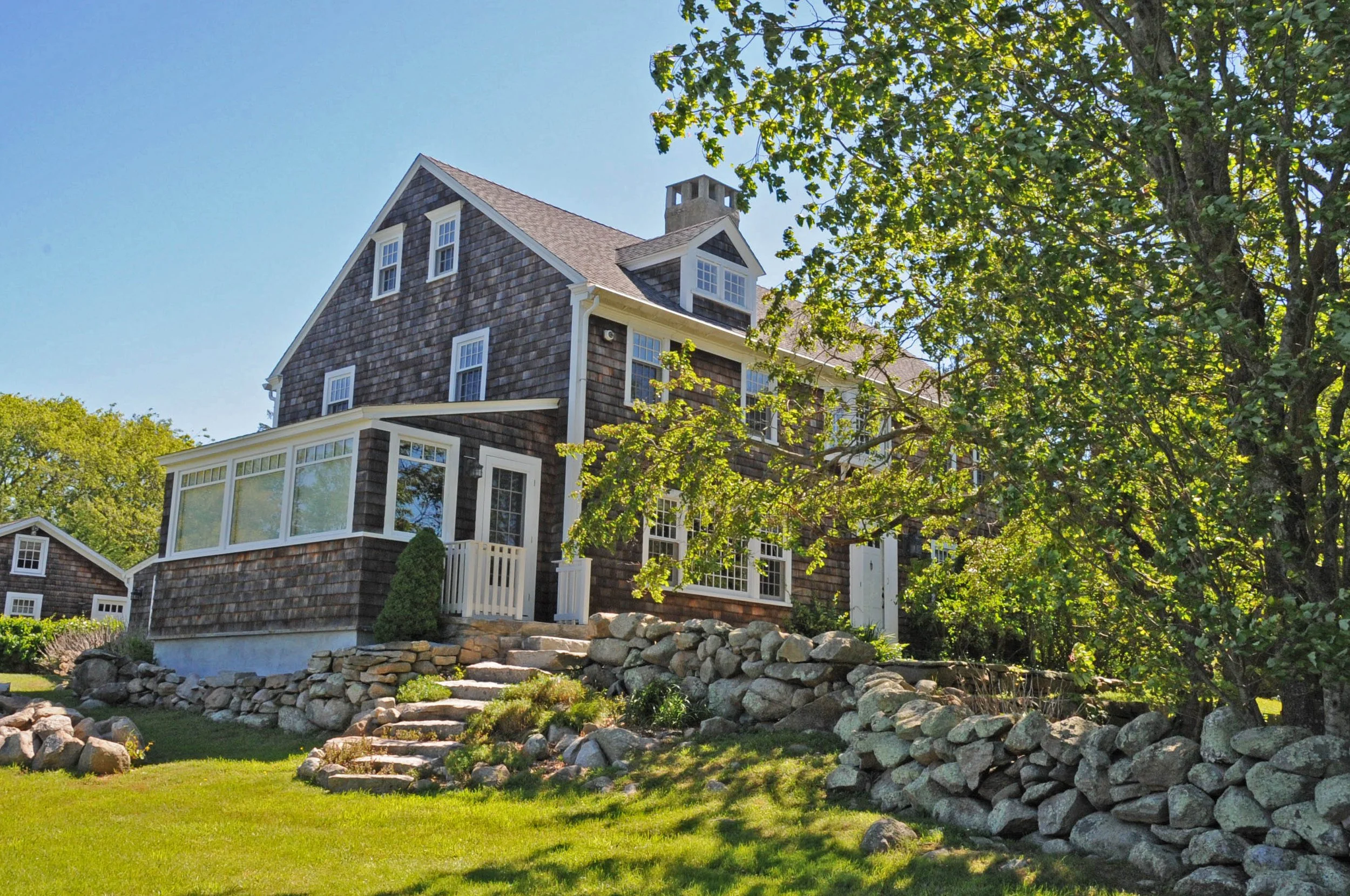‘There be dragons’
The Babcock House in Charlestown, built in the late 17th or early 18th Century.
—- Photo by JERRYE & ROY KLOTZ, M.D.
The town’s Quonochontaug section had an iron-mining operation financed by Thomas A. Edison in the 1880s. There were iron particles in the form of black sand on the beach there that could be separated out with magnets and melted to produce iron. But the venture collapsed after cheaper iron was later discovered.
Adapted from Robert Whitcomb’s “Digital Diary,’’ in GoLocal24.com
For such an amusingly tiny place, Rhode Island has intense localisms. Consider Kevin Gallup’s remarks. He’s a former police officer and now director of the Emergency Management Agency in Charlestown, in the exurban south of the state.
Mr. Gallup ominously warned, in comments about PVD Food Truck Events coming to Charlestown, that “things morph’’ and town residents “might not appreciate” having people from Providence come to town for events.
“If we’re going to have people showing up from Providence and hanging out that we don’t know…along with our children…some people aren’t going to appreciate that and I can tell you that for a fact. So you’re going to need that police detail. Sorry the world needs to be this way, but these things need to be thought out.”
There’s a long tradition of seeing cities as a source of menace, including in a “city state’’ such as Rhode Island. Do Charlestown people feel safer with visitors from smaller city New London, Conn., 34 miles from Charlestown, than with people from Providence, 48 miles away?
Remember those old maps that had the Latin phrase “hic sunt dracones” (“there be dragons”) for dangerous and/or unexplored regions? One wonders how familiar Charlestown people are with the capital of their state, and how many would say they’re all too familiar with it. People can be very provincial around here, and I’ll bet plenty of people from South County have never been to Providence.
Quonochontaug Pond.

